Use Natural Ventilation To Enhance Comfort
Ventilation is an aspect of metal buildings that is often overlooked. A metal building can be kept more comfortable than you think using a combination of natural ventilation and mechanical cooling methods. Natural ventilation is a form of passive cooling that is sustainable and is achieved by placement and orientation of a building to catch prevailing winds to increase airflow. Other passive cooling techniques include night flushing, which utilizes the lower temperatures of night air to pre-cool a building for the next day, and comfort ventilating, which is done day or night to promote evaporation. The performance of passive cooling is a function of how dry or humid the climate is and impacts the effectiveness of any natural ventilation strategy.

Catch Prevailing Winds To Create Natural Comfort
Airflow over a building creates a positive pressure zone on the upstream side. Locate intake areas of your metal building to take advantage of the positive pressure zone produced by the prevailing winds. Another benefit of natural cooling is that with increased wind speed, the air simply feels cooler.
Best practices for optimizing both natural cooling and mechanical cooling
The flip-side of natural ventilation is mechanical cooling, something Triangle Engineering has been refining since 1948. We offer many air moving solutions from wall and ceiling-mounted fans to portable spot coolers. We can help in the proper placement of fans within your metal building
- Position building and locate intake areas to take advantage of prevailing winds
- Do not locate fans blowing opposite of each other
- Arrange fans to blow in the same direction and utilize the inertia in the airstream
Passive Cooling with Prevailing Winds: Building Placement Matters
The positioning of metal buildings should be carefully considered to catch prevailing winds, which can make a significant difference in ventilation and cooling when used in conjunction with the right industrial fan systems. When mechanical cooling is needed, put Triangle’s tough and reliable air movers to work.
As a general rule of thumb, prevailing winds blow west to east rather than north to south in North America. Geological formations like mountains, valleys, and bodies of water also play an important role. For example, the south slope of a hill has shorter shadows and receives more direct solar heat. If you are interested in knowing the prevailing wind direction for your area in real-time? Visit http://hint.fm/wind/ to view a live map— it’s mesmerizing.



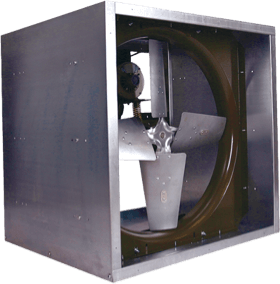
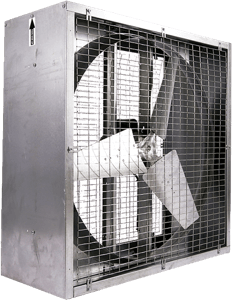
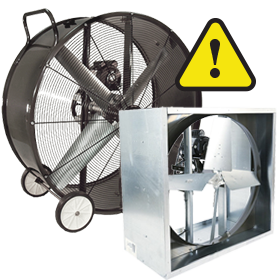
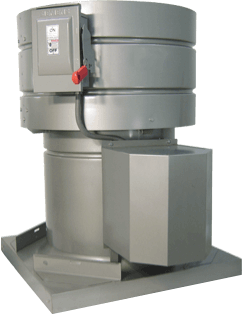
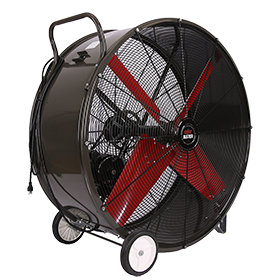
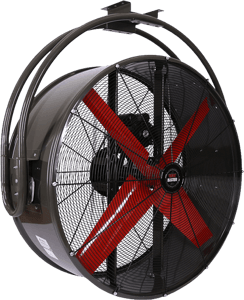
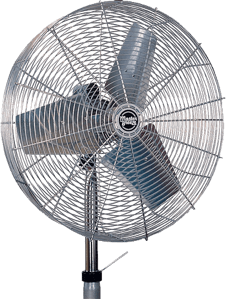
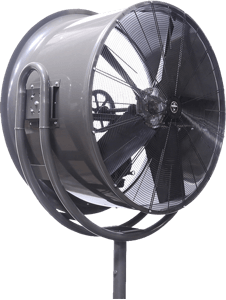
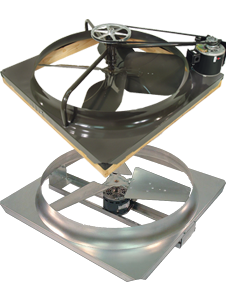
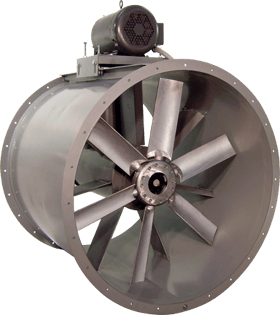
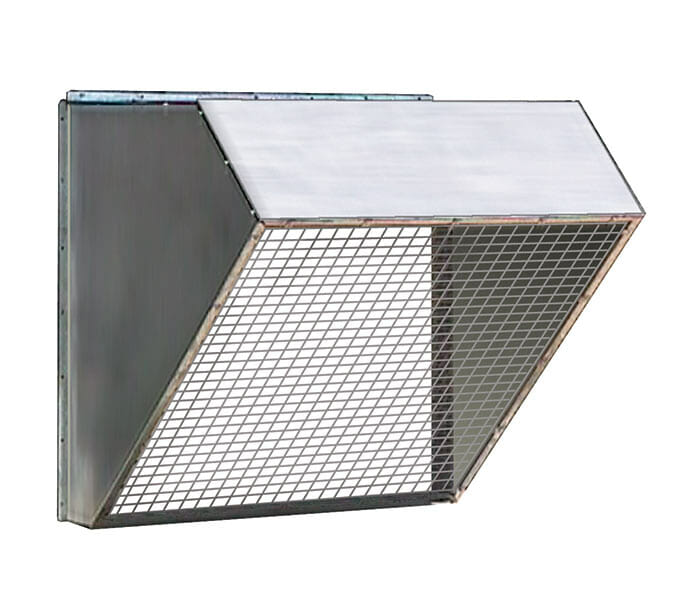
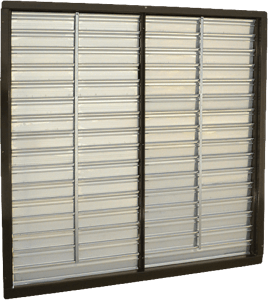


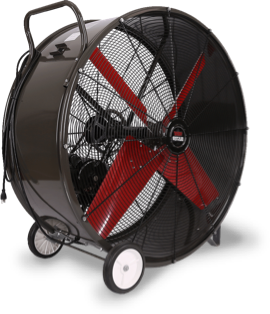
 Fan Size Calculator
Fan Size Calculator





